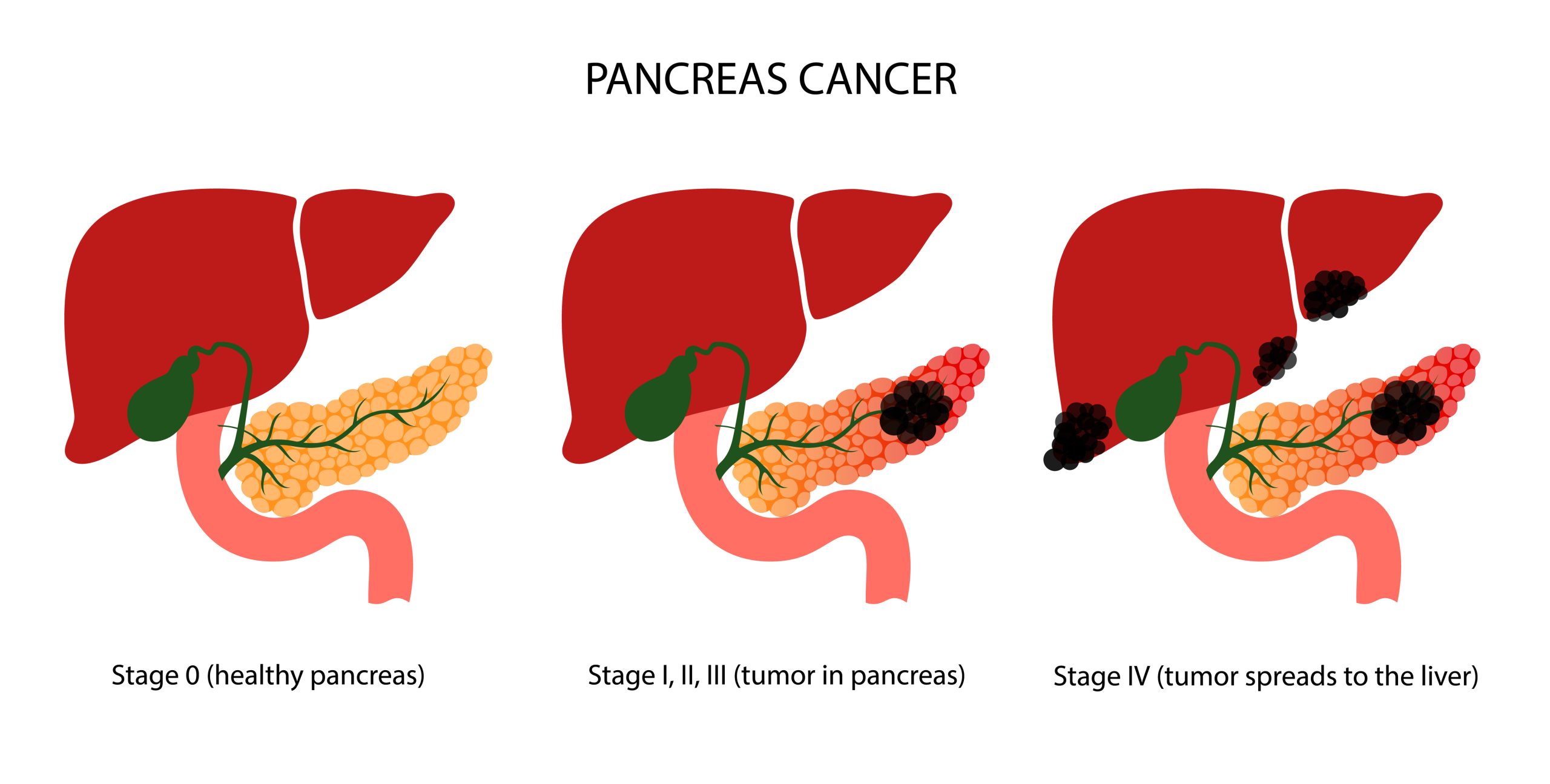In 2022, an estimated 62,210 adults (32,970 men and 29,240 women) in the United States will be diagnosed with pancreatic cancer. It is estimated that 49,830 deaths (25,970 men and 23,860 women) from this disease will occur this year.
Currently, no routine tests are used to can catch pancreatic cancer early before symptoms develop. One known risk factor for developing pancreatic cancer is a new diagnosis of diabetes, sometimes called new-onset diabetes.
About 1 in 100 people with new onset diabetes are diagnosed with pancreatic cancer within 3 years after learning they have diabetes. And 1 in 4 people who get pancreatic cancer had already been diagnosed with diabetes.




